Austral Líneas Aéreas v1.0
How to install?
1. Download and unzip the .PTP file from this post.
2. open the PDMG Operation Center on the top go to “aircraft and liveries” and select “Livery Utilities”
3. In the lower left corner Click on the “Install from PTP file” button
4. An explorer window has opened, find the folder where your downloads unzip .PTP file is.
6. open the “oliveiralberto_pmdg-aircraft-Austral.ptp”
7. wait for the Operations Center to do its job, and you will receive a message with the successful installation.
Enjoy IT. happy flight
Comments or donations are always welcome and greatly appreciated
Austral Líneas Aéreas
Cielos del Sur S.A., operating as Austral Líneas Aéreas, more commonly known by its shortened name Austral, was a domestic airline of Argentina, the sister company of Aerolíneas Argentinas. It was the second-largest domestic scheduled airline in the country, after Aerolíneas Argentinas. As a subsidiary of Aerolíneas Argentinas, the company shares its headquarters with that airline, which is located in the Aeroparque Jorge Newbery of Buenos Aires, the main base of operations of the company.
The origins of the carrier trace back to 1957, when Compañía Austral de Transportes Aéreos SACI (CATASACI) was founded, starting scheduled services in January 1958. CATASACI focused its services on southwestern Argentina, but it also operated international flights to Montevideo, Puerto Montt and Punta Arenas. Aerotransportes Litoral Argentino (ALA) was a Rosario–based company that was founded in 1957 to operate flights between this city and Buenos Aires using Aero Commander equipment and operated flights within northern Argentina. In 1965, Pan Am acquired a 22% stake in ALA in return for supplying the company with DC-3s. A year later, CATASACI acquired a 30% holding in ALA and the services of both companies were integrated.
At May 1971, the ALA fleet consisted of two C-46s, five DC-3s, two DC-6Bs and five YS-11A-300s that served a domestic network including Buenos Aires, Corrientes, Formosa, Goya, Paraná, Paso de los Libres, Posadas, Resistencia, Rosario, Salta, Santa Fe and Tucumán, plus regional services to Antofagasta and Asunción, whereas CATASACI had a fleet that included seven BAC One-Elevens —four 400s and three 500s—, one C-46, one DC-6 and three YS-11s. Austral Líneas Aéreas was formally established in June that year from the merger of CATASACI and ALA. In practice, operations of the latter airline were absorbed by CATASACI, which was rebranded as Austral Líneas Aéreas S.A. after merging. Austral inherited both companies’ fleet, consisting of turboprops NAMC YS-11 and jetliners BAC One-Eleven.
Austral became a government-owned company in 1980. After poor economic performances, there were two failed attempts to re-privatise Austral in 1981 and 1983. All that time Austral and Aerolíneas Argentinas were competitors on a number of domestic routes. Realizing that such a situation could not persist much longer, the government decided again to privatise Austral. This was much resisted by the Aerolíneas Argentinas’ personnel, and more specifically its pilots, who claimed their salaries were lower than those of Austral’s counterparts. Aerolíneas Argentinas’ pilots union understood the government effort was not to solve their affiliates salary conflict, but to focus on privatising a loss-making carrier as Austral was instead. The consequence of this discrepance was the announcement that Aerolíneas Argentinas flights were to be indefinitely suspended by way of a strike, effective 1 July 1986. The strike affected both Aerolineas Argentinas’ domestic and international operations. Argentine as well as foreign carriers were benefited from this strike. Ironically, Austral was included among those carriers, gaining the domestic market share Aerolíneas Argentinas lost.
Austral became once again a privately owned firm when it was acquired by the holding company Cielos del Sur S.A. in late 1987. The acquisition generated some controversy on the Argentine aviation sector at that time, as it was raised that the new owner had little or no experience in managing an airline. In April 1988, the carrier became an IATA member. Shortly afterwards, the company faced a major accident during its new private era on 12 June 1988, when a McDonnell Douglas MD-81 hit a tree on a low visibility approach into Posadas and crashed. Apart from the 22 fatalities involved in the accident, it also spread concerns on the aviation sector over the airline’s poor rate of occupation on some routes, of just 10.32% for this particular flight.
Cielos del Sur S.A. and Iberia formed a consortium to acquire an 85% stake in Aerolíneas Argentinas in 1990, within the framework of that flag carrier privatisation. Soon afterwards, Cielos del Sur S.A. sold Austral to Iberia. The destiny of both Aerolíneas Argentinas and Austral became aligned thereafter. By July 1998, the company was 10% owned by its erstwhile competitor Aerolíneas Argentinas.
On 21 July 2008 the Argentine Government took the airline back into state control after acquiring 99.4% of the share capital for an undisclosed price. The remaining 0.6% continues to be owned by the company’s employees. In September 2008, Argentina’s Senate approved the nationalization of Aerolíneas Argentinas and its subsidiary Austral Líneas Aéreas on a 46–21 vote in favor of the takeover.
In June 2010 Aerolíneas Argentinas launched a new paint scheme to revamp the airline’s image. The new livery resembles the colour blue of Argentina’s flag and the colour yellow of the sun. As its subsidiary airline, Austral also adopted the new image. Austral’s livery actually differs from the Aerolíneas Argentinas’ one by a red cheatline only. In the meantime the airline also announced the incorporation of 20 new Embraer 190 to its fleet, receiving the first two of them in September 2010.

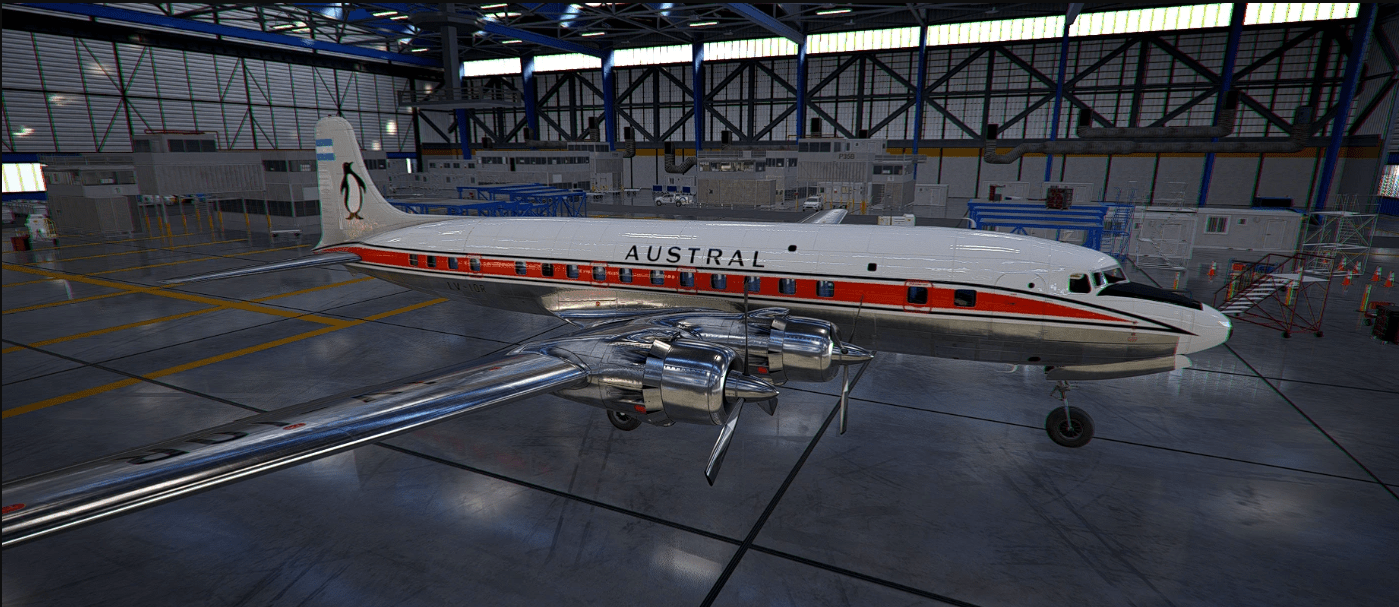
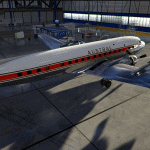
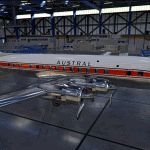



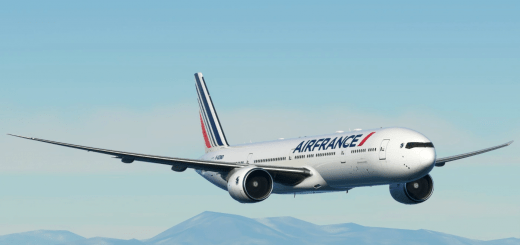
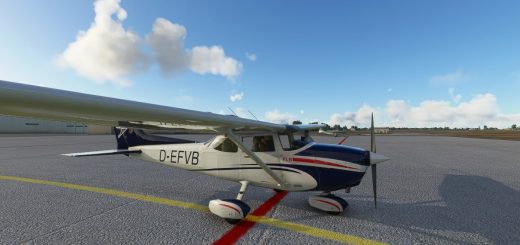
![flynas [4K] v0.9](https://www.allflightmods.com/wp-content/uploads/2020/12/flynas-4K-v0.9-2-520x245.jpg)
